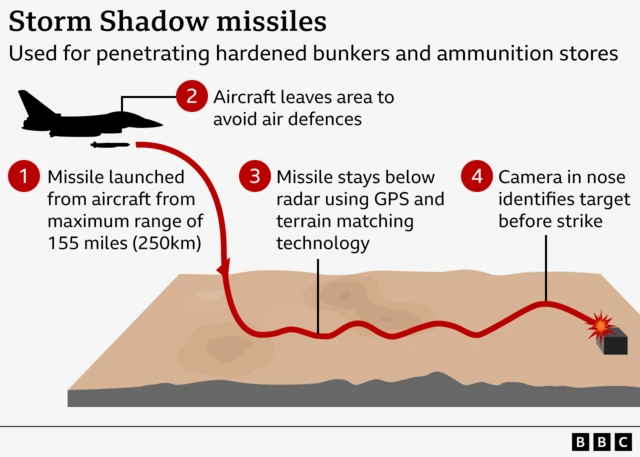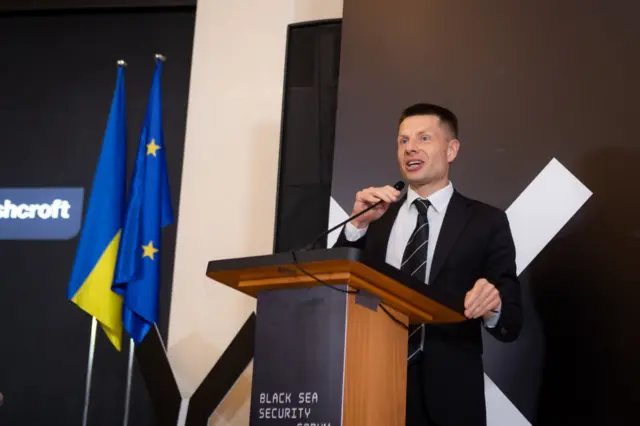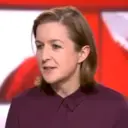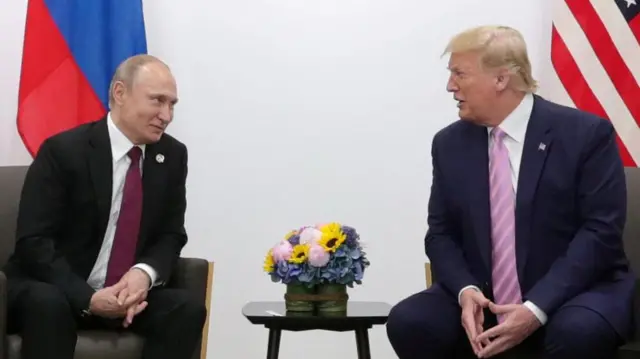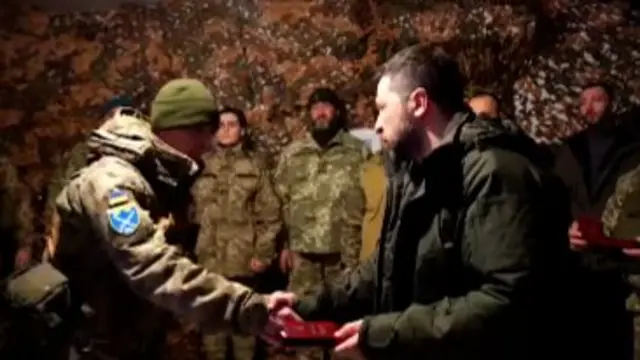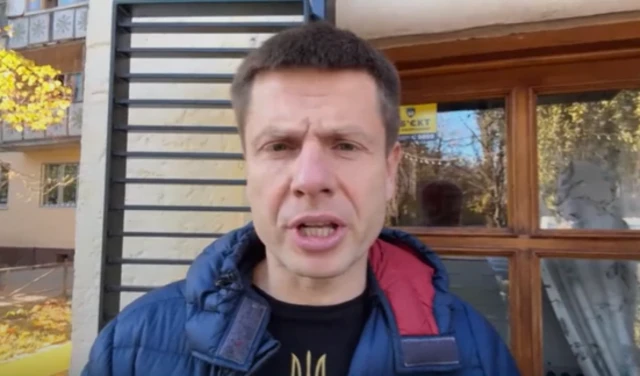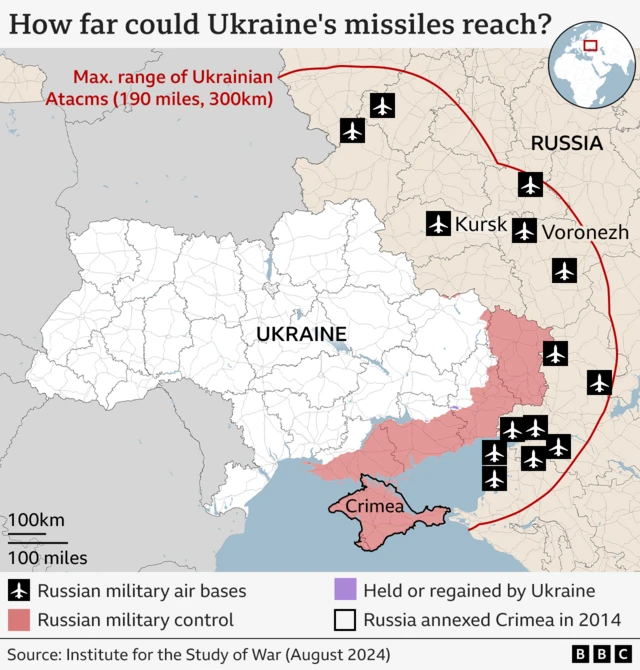No comment on Storm Shadow missiles - UK defence secretarypublished at 15:36 GMT 18 November 2024
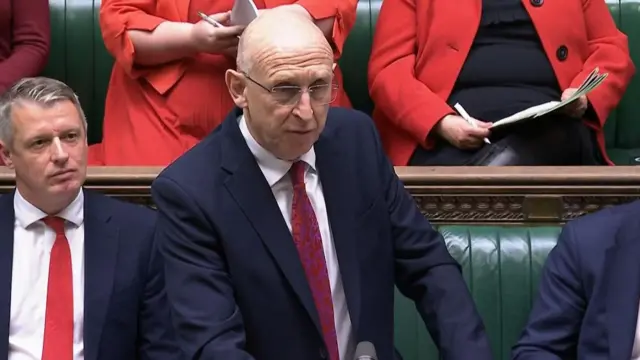 Image source, UK Parliament
Image source, UK ParliamentUK Defence Secretary John Healey says he won't comment on Ukraine's use of Anglo-Franco Storm Shadow missiles today.
"It risks operational security and the only person that benefits from public debate is President [Vladimir] Putin," Healey told the House of Commons on Monday afternoon.
He added that he spoke to his US counterpart yesterday, and will speak with the Ukrainian minister of defence later today.
Reiterating the prime minister's comments that the UK must "double down" on its support for Ukraine, Healey added that Britain will continue to work in close coordination with the US.
Britain and France have supplied Ukraine with Storm Shadow missiles, but they remain under the same restrictions that the US ATACM missiles were under until very recently.
